As my civic issue blog comes to an end this semester, I would like to dedicate this blog to talking about the technology that will become essential in our fight against climate change. This tech is advancing very quickly, and it seems promising to be able to help solve climate change. It should not be viewed as a cure though because we still need to do much work to stop our massive carbon emissions.
Batteries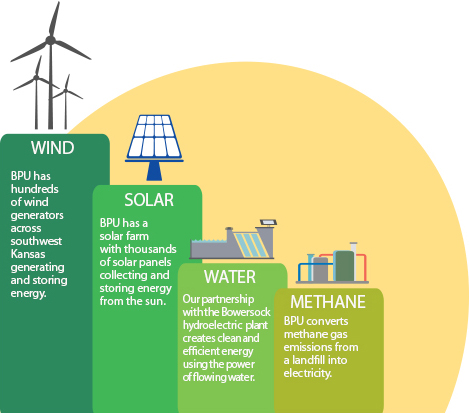
This may not seem like something you would think of when talking about the fight against climate change, but it is a necessity to be able to improve our battery technology. As it currently stands, we are still relying on fossil fuels as our main energy source, and many people want to switch to renewable sources immediately. Currently, this switch would be devastating in its own regard because we would often run out of power across the globe. Renewable sources are not effective at all times of the day/year, and this means that there is not a steady energy output such as that of fossil fuels. In order to combat this, we need massive batteries that can be charged when our energy production is high. When it is low, we will use up the battery to meet our energy needs.
Carbon Capture
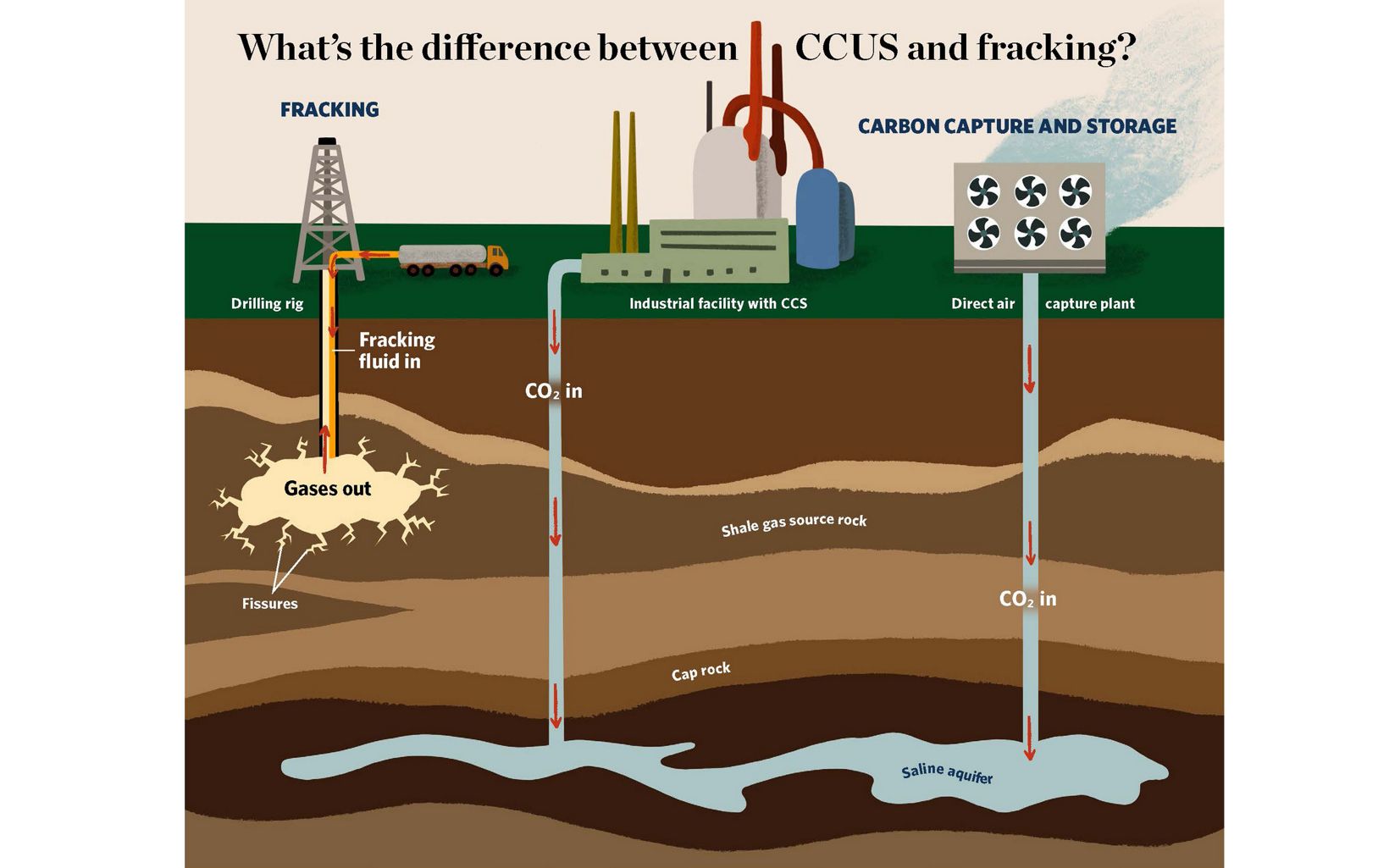 Many people have heard of carbon capture technology, but not many know what it actually is. While there are many forms of carbon capture, I will be focusing on one that pulls CO2 from the air. This tech has a big fan that pulls in CO2 directly from the atmosphere and has it dissolve in solution. This solution is then mixed with Ca2+ cations to precipitate CaCO3. This CaCO3 can then be heated and pressurized to create liquid CO2 that can be buried or used to make products. One of the products that can be made is fuel. This “synthetic crude” can be put into cars and is considered Carbon neutral because it was made by removing CO2 from the atmosphere. This tech is going to be expanded much further across the country, but they are a little worried to do so. When people hear about the promise of Carbon Capture, many start to believe that we do not need to do anything else. They think that this technology can completely fix climate change when that is not the case. We still produce far too much carbon emissions for this to be our only solution, and this technology can not be implemented fast enough before dramatic events begin happening.
Many people have heard of carbon capture technology, but not many know what it actually is. While there are many forms of carbon capture, I will be focusing on one that pulls CO2 from the air. This tech has a big fan that pulls in CO2 directly from the atmosphere and has it dissolve in solution. This solution is then mixed with Ca2+ cations to precipitate CaCO3. This CaCO3 can then be heated and pressurized to create liquid CO2 that can be buried or used to make products. One of the products that can be made is fuel. This “synthetic crude” can be put into cars and is considered Carbon neutral because it was made by removing CO2 from the atmosphere. This tech is going to be expanded much further across the country, but they are a little worried to do so. When people hear about the promise of Carbon Capture, many start to believe that we do not need to do anything else. They think that this technology can completely fix climate change when that is not the case. We still produce far too much carbon emissions for this to be our only solution, and this technology can not be implemented fast enough before dramatic events begin happening.

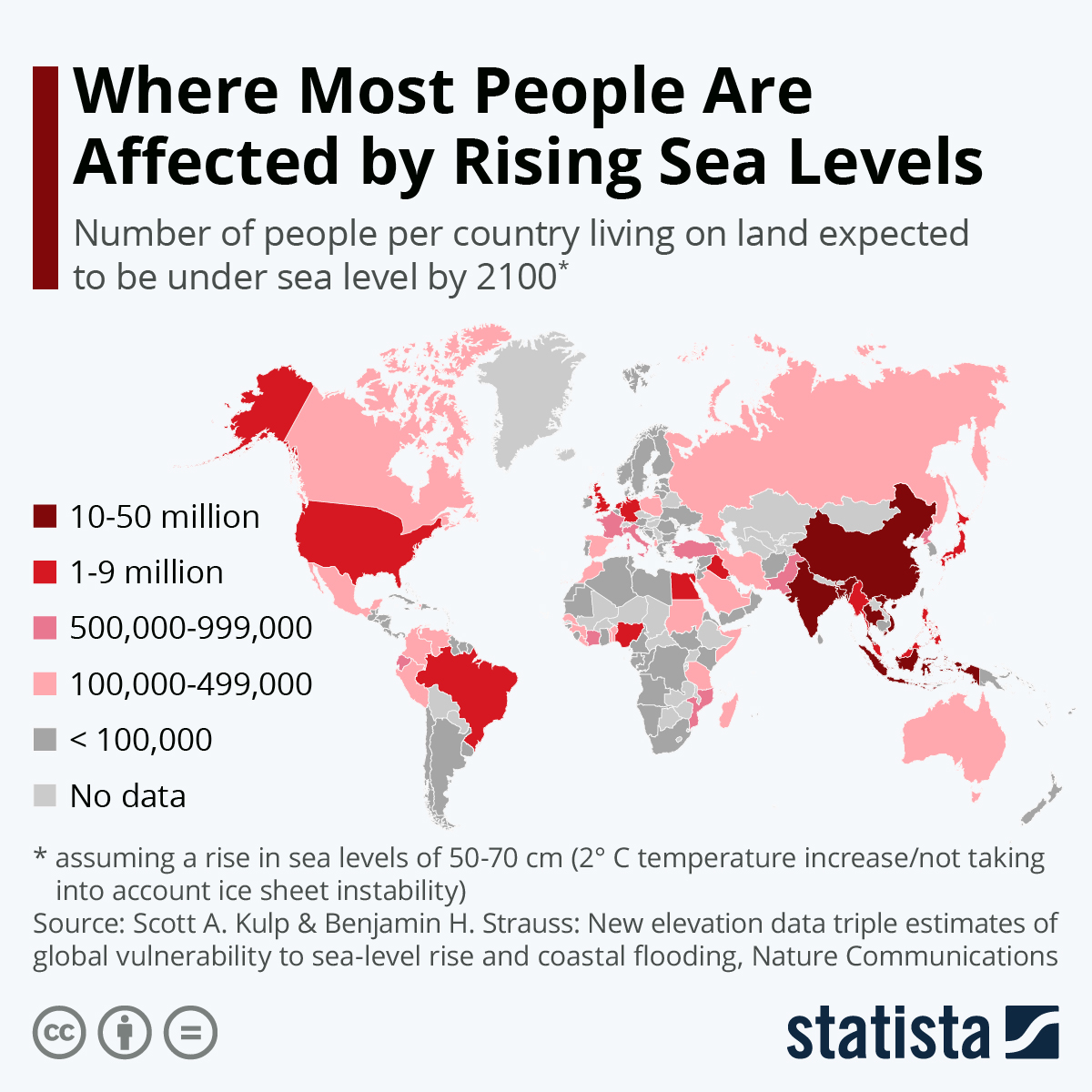
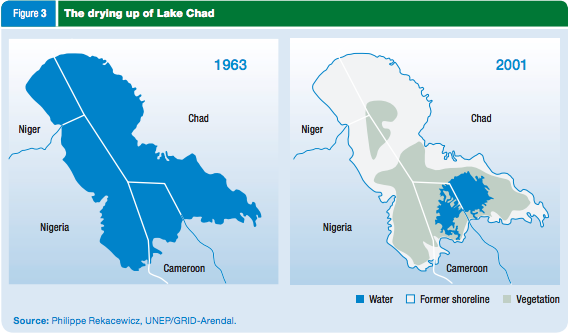
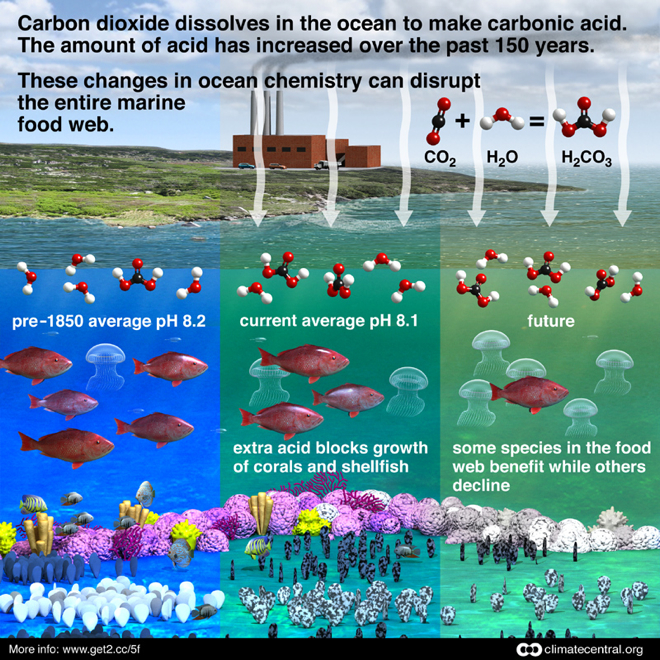 One of the largest effects of climate change has been on our ocean life. We have seen coral reefs slowly deteriorate from bleaching, and
One of the largest effects of climate change has been on our ocean life. We have seen coral reefs slowly deteriorate from bleaching, and 
.png) Many people have heard the term “
Many people have heard the term “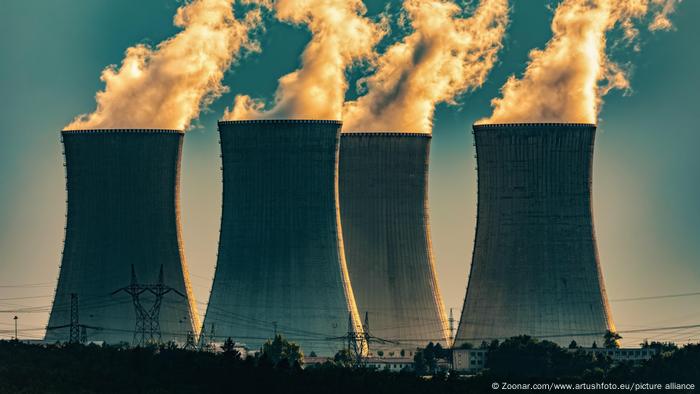
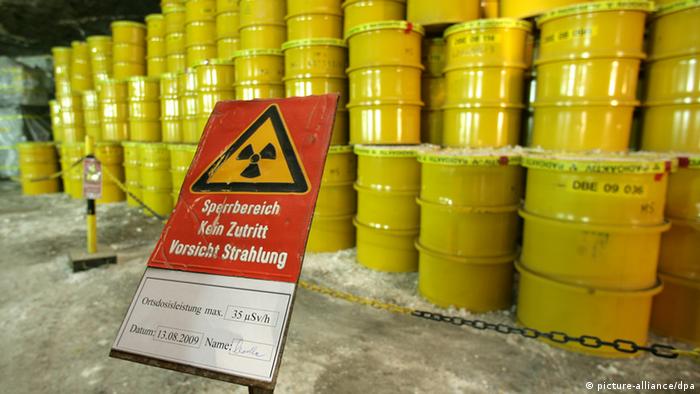 Radioactive waste that is produced from nuclear reactors lasts for thousands of years. Although, the entirety of the
Radioactive waste that is produced from nuclear reactors lasts for thousands of years. Although, the entirety of the
![Carbon emissions and economic growth [5], [11] | Download Scientific Diagram](https://www.researchgate.net/profile/Mithulananthan-Nadarajah/publication/43516721/figure/fig2/AS:340507487162372@1458194719236/Carbon-emissions-and-economic-growth-5-11.png) Another reason why it is difficult for us to limit our carbon emissions is due to the economy.
Another reason why it is difficult for us to limit our carbon emissions is due to the economy.